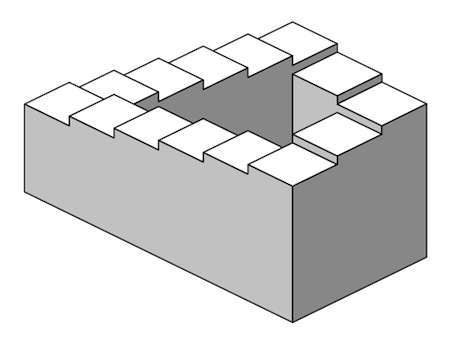 Evolution
Evolution
Darwinian Logic: The Latest on Chimp and Human DNA
Protein-coding regions of DNA in chimps and humans are remarkably similar — 98%, by many estimates — and this similarity has been used as evidence that the two species are descended from a common ancestor. Yet chimps and humans are very different anatomically and behaviorally, and even thirty years ago some biologists were speculating that those differences might be due to non-protein-coding regions, which make up about 98% of chimp and human DNA. (In other words, the 98% similarity refers to only 2% of the genome.)
Now a research team headed by John F. McDonald at Georgia Tech has published evidence that large segments of non-protein-coding DNA differ significantly between chimps and humans, and the authors of the report (like others before them) have suggested that those differences might account for some of the differences between the two species.
According to Science Daily:
Researchers at the Georgia Institute of Technology have now determined that the insertion and deletion of large pieces of DNA near genes are highly variable between humans and chimpanzees and may account for major differences between the two species.
These findings add to growing evidence that non-protein-coding regions that some Darwinists have labeled “junk DNA” are not junk after all. But the findings also point to a much more serious problem with Darwinian reasoning.
If the striking similarities in protein-coding DNA point to the common ancestry of chimps and humans, why don’t dissimilarities in the much more abundant non-protein-coding DNA point to their separate origins?
That’s because questioning the common ancestry of chimps and humans is taboo.
So we’re left with the following argument:
- The (protein-coding) DNA of chimps and humans is similar. Therefore, the two species share a common ancestor.
- The (non-protein-coding DNA) of chimps and humans is NOT similar. Therefore, the two species share a common ancestor and the dissimilarity explains their differences.
Where have we encountered this form of reasoning before? How about vertebrate embryology:
- The early stages of vertebrate embryos are similar. Therefore, vertebrates share a common ancestor.
- The early stages of vertebrate embryos are NOT similar. Therefore, vertebrates share a common ancestor but their early stages evolve easily.
Apparently, Darwinian “logic” operates this way:
- Common ancestry is true.
- X and Y are similar.
- X and Y are NOT similar.
- Therefore, common ancestry is true.
This is a classical circular argument. Picture an Ouroboros, the alchemical symbol of a snake with its own tail in its mouth (above). Or maybe the never-ending Penrose stairs:

Do you get the feeling that Darwinian “logic” is taking us nowhere?

